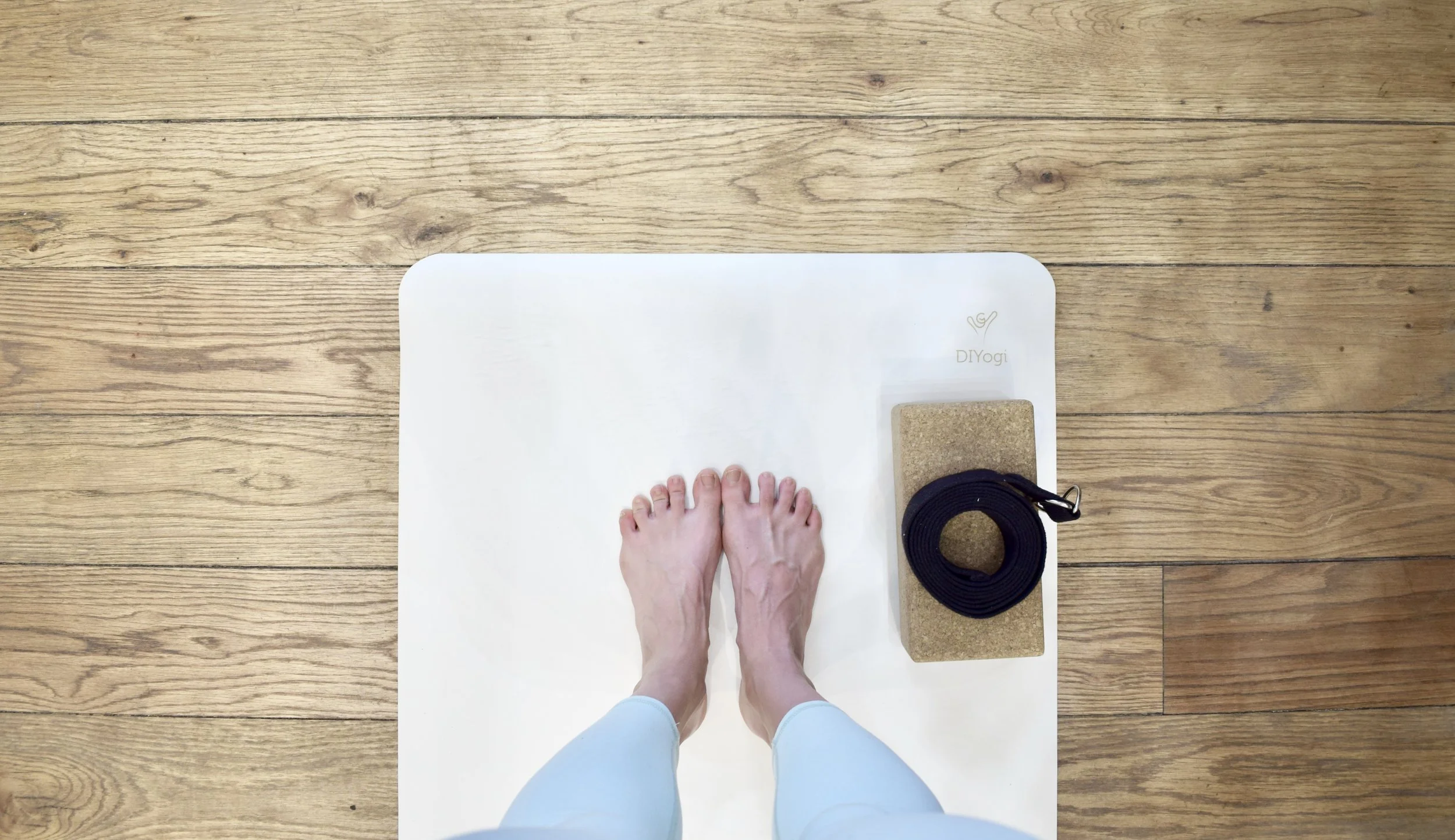"I slip. My hands are sweaty. I fall off balance.”
When you begin to practice yoga, you realize how important it is to have a good yoga mat. It has to be an element that eases the practice, not the other way around. In this post I’ll explain the three main characteristics that are key for your next mat ;)
THICKNESS
When students ask me about what thickness to get, I always answer “that which will keep you balanced in standing postures, and that will be comfortable for your knees and bony joints. “ Of course, here also comes into play what type of yoga you practice. If you do more yin and restorative, you can opt for a thicker one (over 5 mm). For a more active practice, under 5 mm is recommendable. However, I really like the PRO from manduka, its my “at home” yoga mat.
ADHERENCE
It can get very uncomfortable when your hands begin to sweat and you just keep sliding off your mat. There are many in the market that are ideal if this is your problem. The first ones were the liforme mat, now you can also find very similar ones such as the ones at decathlon and DIYogi mats (you can even draw on it!!), which offer the same quality at more competitive prices.
TRANSPORT
Yeap… if its too heavy you don’t want to be carrying it around all day. Do you need a travel mat? Something that isn’t too heavy but that is still ok. The one I take with me when I travel is form jungle mats, I can even fold it into my suitcase of backpack.
Ok, that’s enough. Maybe you are curious to what do I actually and what do I use. I’m very fortunate to have a few of them. So this is what I do: I practice with the manduka PRO at home because it is very kind with my knees. I then leave at the studios I go my liforme and DIYogi mat, and as I mentioned before, I take the jungle mats one with me when I travel.
I also haven’t spoken about $$$$. But, if you are practicing often, I believe it is a good investement. It lasts for a long time and you are going to enjoy your practice so much more :)
xx
Irene


